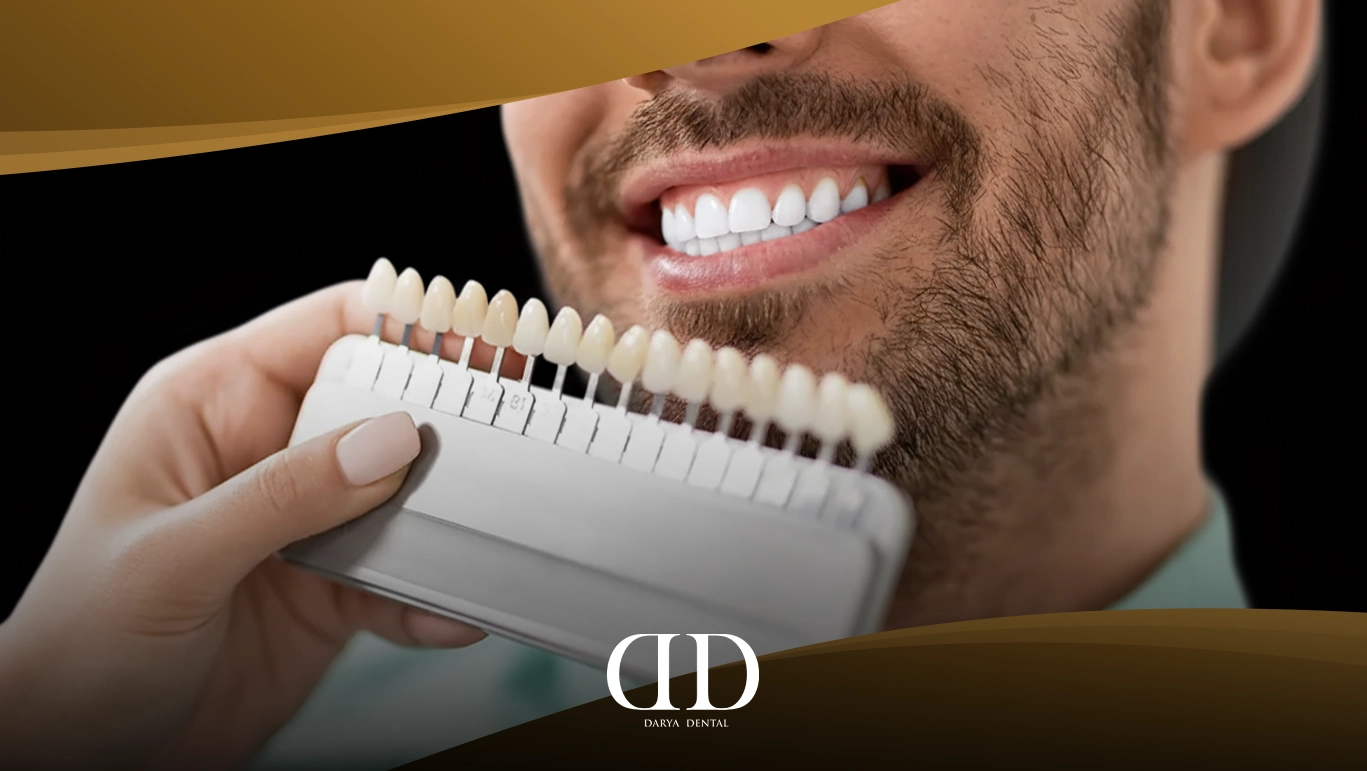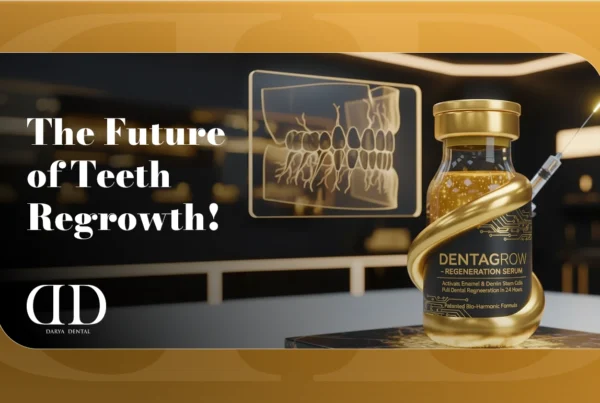Emax dental veneers have revolutionized cosmetic dentistry, offering patients a premium solution for achieving a perfect smile. Made from lithium disilicate ceramic, these ultra-thin shells represent the pinnacle of dental veneer technology. Whether you’re considering smile enhancement or simply exploring your options, understanding Emax veneers is crucial for making an informed decision about your dental care.
Top 10 Things You Need to Know About Emax Dental Veneers
1. Superior Material Composition
Emax veneers are crafted from lithium disilicate, a high-strength ceramic material that sets them apart from traditional porcelain options. This advanced material provides exceptional durability while maintaining the translucent properties that make teeth look natural. The lithium disilicate composition ensures your veneers can withstand daily wear while preserving their aesthetic appeal for years to come.
2. Exceptional Natural Appearance
The hallmark of Emax veneers lies in their remarkable translucency, which closely mimics natural tooth enamel. This optical property allows light to pass through the veneer similarly to how it interacts with natural teeth, creating an incredibly lifelike appearance. Unlike opaque alternatives, Emax veneers blend seamlessly with your existing teeth, making it virtually impossible to distinguish between restored and natural teeth.
3. Minimal Tooth Preparation Required
One of the most significant advantages of Emax veneers is their conservative approach to tooth preparation. Unlike traditional porcelain veneers that require substantial enamel removal, Emax veneers preserve more of your natural tooth structure. This minimal preparation approach maintains the integrity of your teeth while still achieving dramatic cosmetic improvements.
4. Impressive Longevity
With proper care and maintenance, Emax veneers typically last 10-20 years, with many patients experiencing even longer lifespans. This durability makes them a worthwhile investment for long-term smile enhancement. The longevity depends on factors such as oral hygiene practices, dietary habits, and regular dental maintenance.
5. Versatile Cosmetic Solution
Emax veneers can address a wide range of dental imperfections, including discoloration that doesn’t respond to whitening treatments, gaps between teeth, misshapen or irregularly sized teeth, and minor alignment issues. This versatility makes them an excellent choice for comprehensive smile makeovers.
6. Custom Laboratory Fabrication
Each Emax veneer is meticulously crafted in a dental laboratory to match your specific requirements. The fabrication process involves precise color matching, shape design, and size customization to ensure perfect integration with your natural smile. This bespoke approach guarantees optimal aesthetic results tailored to your unique facial features.
7. Biocompatible and Safe
Emax ceramic is completely biocompatible, meaning it’s well-tolerated by oral tissues and doesn’t cause allergic reactions. This safety profile makes Emax veneers suitable for patients with metal sensitivities or those seeking the most tissue-friendly restoration option available.
8. Irreversible Procedure
It’s crucial to understand that Emax veneer placement is irreversible. Once your natural tooth structure is prepared and the veneers are bonded, the process cannot be undone. This permanent alteration requires careful consideration and consultation with your dentist to ensure you’re making the right choice for your long-term oral health.
9. Stain Resistance with Limitations
While Emax veneers are highly resistant to staining compared to natural teeth, they’re not completely stain-proof. Over time, they may develop slight discoloration, particularly at the margins where they meet the gum line. Regular professional cleanings and good oral hygiene help maintain their pristine appearance.
10. Investment in Your Smile
Emax veneers represent a significant financial investment, typically ranging from $900 to $2,000 per tooth in the United States. However, when considering their longevity, aesthetic benefits, and the boost in confidence they provide, many patients find them to be a worthwhile investment in their overall quality of life.
When Are Emax Veneers Applied?
Emax veneers are recommended in various situations where patients seek both functional and aesthetic improvements. They’re particularly beneficial when natural-looking results are paramount, especially for front teeth that are highly visible when smiling or speaking. Dentists often recommend Emax veneers for patients who have realistic expectations and sufficient tooth structure to support the restoration.
The versatility of Emax veneers makes them suitable for addressing multiple concerns simultaneously. They excel in situations where traditional whitening treatments have failed to achieve desired results, particularly for intrinsic stains caused by medications, trauma, or developmental factors.
Advantages of Emax Porcelain
The advantages of Emax porcelain extend beyond mere aesthetics. The material’s strength-to-weight ratio is exceptional, providing durability without excessive bulk. This allows for more conservative tooth preparation while maintaining structural integrity.
The biocompatibility of Emax porcelain ensures excellent tissue response, reducing the risk of gum irritation or allergic reactions. Additionally, the material’s thermal properties closely match those of natural teeth, minimizing sensitivity issues that can occur with other restoration materials.
Limitations and Considerations
Despite their many advantages, Emax veneers aren’t suitable for everyone. Patients with severe bruxism (teeth grinding) may not be ideal candidates, as the grinding forces can potentially damage the veneers. Similarly, individuals with significant tooth decay, advanced gum disease, or insufficient tooth structure may need alternative treatments.
The brittleness of ceramic material means Emax veneers are not recommended for posterior teeth that experience heavy chewing forces. In such cases, more durable alternatives like metal-ceramic crowns might be more appropriate.
Maintenance and Care
Proper maintenance is essential for maximizing the lifespan of your Emax veneers. This includes maintaining excellent oral hygiene with regular brushing and flossing, avoiding hard foods that could chip or crack the veneers, wearing a night guard if you grind your teeth, and attending regular dental check-ups for professional monitoring and cleaning.
Cost Considerations
The investment in Emax veneers varies based on several factors, including geographic location, dentist expertise, and the number of veneers needed. While the initial cost may seem substantial, the long-term benefits and durability often justify the investment. Some dental insurance plans may provide partial coverage, and many practices offer financing options to make treatment more accessible.
Frequently Asked Questions (FAQs)
1. How long do Emax veneers last?
Emax veneers typically last 10-20 years with proper care and maintenance. Some patients experience even longer lifespans, depending on their oral hygiene habits, dietary choices, and regular dental care.
2. Are Emax veneers better than regular porcelain veneers?
Emax veneers offer superior strength and more natural translucency compared to traditional porcelain veneers. They also require less tooth preparation, making them a more conservative option that preserves more natural tooth structure.
3. Can Emax veneers be repaired if they chip or break?
Emax veneers are not easily repairable. If a veneer chips or breaks, it typically needs to be completely replaced rather than repaired, which is why proper care and maintenance are crucial.
4. Do Emax veneers stain?
While Emax veneers are highly stain-resistant, they can develop slight discoloration over time, particularly at the margins. Regular professional cleanings help maintain their appearance.
5. How much tooth structure is removed for Emax veneers?
Emax veneers require minimal tooth preparation compared to traditional veneers, typically removing only 0.3-0.5mm of enamel. This conservative approach helps preserve more of your natural tooth structure.
6. Can everyone get Emax veneers?
Not everyone is a suitable candidate for Emax veneers. Patients with severe bruxism, significant tooth decay, advanced gum disease, or insufficient tooth structure may need alternative treatments.
7. How many appointments are needed for Emax veneers?
Typically, Emax veneer treatment requires 2-3 appointments: an initial consultation, preparation and impression appointment, and final placement appointment. The exact number may vary based on individual cases.
8. Do Emax veneers look natural?
Yes, Emax veneers are renowned for their natural appearance due to their exceptional translucency that closely mimics natural tooth enamel. When properly crafted and placed, they’re virtually indistinguishable from natural teeth.
9. Can Emax veneers be whitened?
Emax veneers cannot be whitened with traditional bleaching methods. If you’re considering teeth whitening, it should be done before veneer placement to ensure proper color matching.
10. What’s the difference between Emax veneers and Emax crowns?
Emax veneers are thin shells that cover only the front surface of teeth, while Emax crowns completely encircle the tooth. Veneers are more conservative and used primarily for cosmetic purposes, while crowns provide more structural support for damaged teeth.
Conclusion
Emax dental veneers represent a significant advancement in cosmetic dentistry, offering patients an exceptional combination of strength, beauty, and longevity. While they require a substantial investment and permanent commitment, the results can be truly transformative for those seeking to enhance their smile.
The key to successful Emax veneer treatment lies in proper case selection, skilled application, and diligent maintenance. By understanding the benefits, limitations, and requirements of Emax veneers, you can make an informed decision about whether this treatment is right for your specific needs and goals.
Consulting with a qualified cosmetic dentist is essential to determine if Emax veneers are the best option for your individual situation. With proper planning and execution, Emax veneers can provide you with a stunning, confident smile that lasts for decades.
Academic References
- Guess, P. C., & Schultheis, S. (2011). Influence of preparation design and ceramic thicknesses on fracture resistance and failure modes of premolar partial coverage restorations. The Journal of Prosthetic Dentistry, 105(6), 374-382. DOI: 10.1016/S0022-3913(11)60077-2
- Rinke, S., Schäfer, S., Lange, K., Gersdorff, N., & Roediger, M. (2013). Practice-based clinical evaluation of metal-ceramic and zirconia molar crowns: 3-year results. Journal of Oral Rehabilitation, 40(3), 228-237. DOI: 10.1111/joor.12018
- Zarone, F., Russo, S., & Sorrentino, R. (2011). From porcelain-fused-to-metal to zirconia: clinical and experimental considerations. Dental Materials, 27(1), 83-96. DOI: 10.1016/j.dental.2010.10.024
- Gehrt, M., Wolfart, S., Rafai, N., Reich, S., & Edelhoff, D. (2013). Clinical results of lithium-disilicate crowns after up to 9 years of service. Clinical Oral Investigations, 17(1), 275-284. DOI: 10.1007/s00784-012-0700-x
- Pieger, S., Salman, A., & Bidra, A. S. (2014). Clinical outcomes of lithium disilicate single crowns and partial fixed dental prostheses: a systematic review. The Journal of Prosthetic Dentistry, 112(1), 22-30. DOI: 10.1016/j.prosdent.2014.01.005







Unlock exclusive rewards with every referral—apply to our affiliate program now! https://shorturl.fm/mUvtF
Earn passive income this month—become an affiliate partner and get paid! https://shorturl.fm/f7ZbG
Join our affiliate community and earn more—register now! https://shorturl.fm/lmHss
https://shorturl.fm/8OW4O
https://shorturl.fm/MjZyN
https://shorturl.fm/wQNz5
https://shorturl.fm/5yw8l
https://shorturl.fm/BtcW5
https://shorturl.fm/XYWQt